
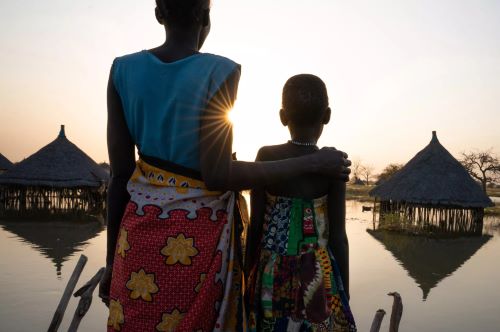
The climate crisis is not just changing the planet – it is changing children.
Climate Is Changing Children
Overview
The climate crisis is not just changing the planet – it is changing children.
From the moment of conception until they grow into adulthood, the health and development of children’s brains, lungs, immune systems and other critical functions are affected by the environment they grow up in.
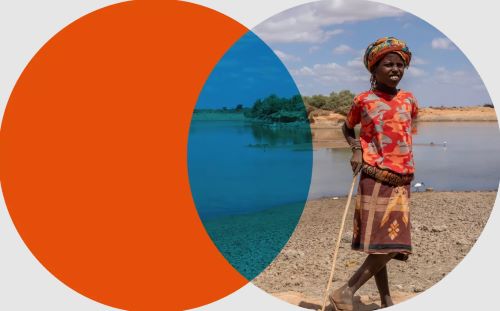
Geography does not protect against climate change; it is affecting children everywhere – even in in high-income countries – and the world is not doing nearly enough to protect them.
Children Are Particularly Vulnerable to the Effects of Climate Change
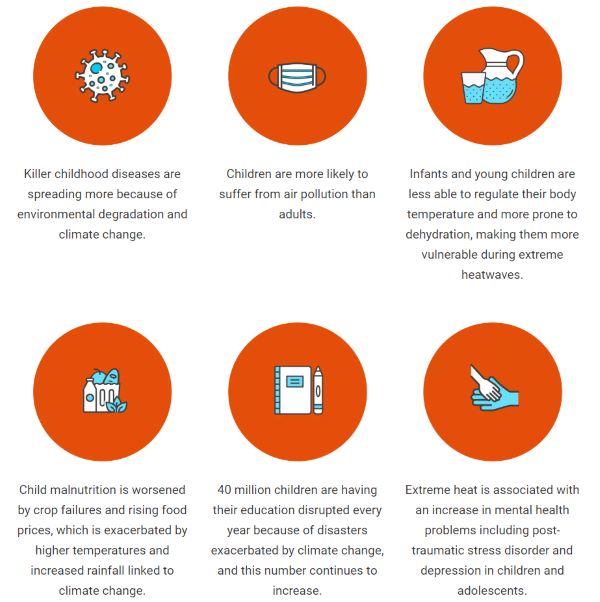
Children are not like little adults. Their bodies and minds are uniquely vulnerable to the impacts of climate change such as pollution, deadly diseases and extreme weather.
Children Have Been Ignored
Despite their unique vulnerability, children have been either ignored or largely disregarded in the response to climate change. Only 2.4 per cent of climate finance from key multilateral climate funds support projects incorporating child-responsive activities.
As the UN Committee on the Rights of the Child has pointed out, taking their rights and their views into account would lead to more ambitious and effective policies on environmental protection. And yet children have almost no formal role in climate policy and decisions, and they are rarely considered in existing climate adaptation, mitigation or finance plans and actions.
Children Must Be at the Center of the Global Response

The global failure to confront the climate crisis – the greatest threat of this generation – has created a child rights crisis. It is jeopardizing every child’s fundamental right to health and well- being.
COP28 cannot be business as usual. We cannot keep going down the same path. Let’s ensure that COP28 becomes a turning point in finally putting children at the center in our shared fight against climate change. – UNICEF Executive Director Catherine Russell
Water Scarcity and Water Vulnerability
UNICEF’s 2021 landmark Children’s Climate Risk Index (CCRI) report found that 1 billion children are at extremely high risk of the impacts of the climate crisis and examined eight components of climate and environmental shocks and stresses.

This report builds on the CCRI and examines one of these components – water scarcity (the physical availability of water) along with water vulnerability (the combination of water scarcity and lack of access to drinking water service).
Whether it is too much, too little or too polluted, climate change is felt through water. Water security for all can only be achieved if people have access to drinking water that is safe, affordable and sustainable, and resilient to threats related to water scarcity, extreme weather events and climate shocks.
As of 2022:
- 739 million children were exposed to high or extremely high water scarcity
- 436 million children live in areas of high or extremely high water vulnerability
Every region of the world, including high-income countries, faces challenges related to water scarcity and with climate change, the problem is projected to get much worse over the coming decades.
Droughts are becoming more frequent and more severe, lasting longer and covering wider areas as a consequence of climate change and increased water demand – contributing to a deterioration of water scarcity scores. In addition, climate change is disrupting weather patterns and rainfall, leading to unpredictable water availability and exacerbating water scarcity.
Water scarcity not only presents a threat to agriculture, industry and economic growth but also makes it more difficult to keep water, sanitation and hygiene (WASH) services running and to extend services to those who remain unserved.
Across the world, water demand is exceeding the available renewable resources, further compounding water scarcity. Globally, demand has more than doubled since 1960.
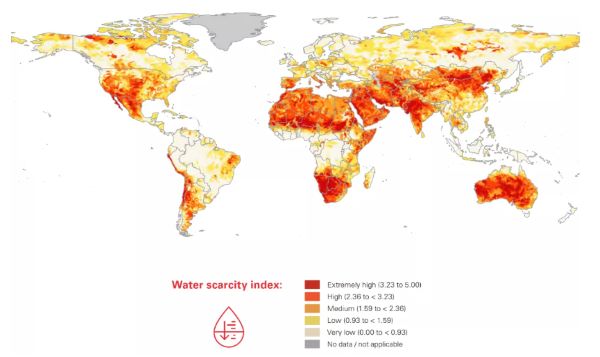
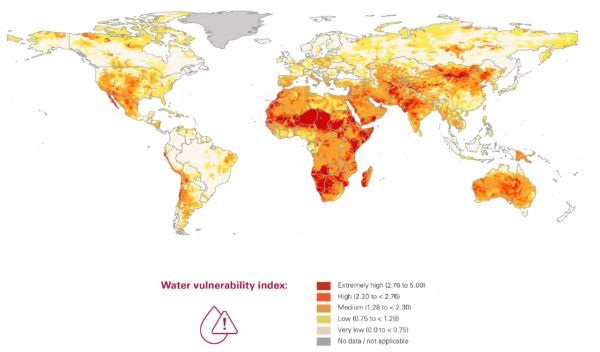
While reducing water scarcity can be very challenging, improving access to climate-resilient WASH services has an immediate impact on water security and increases the score of water vulnerability in a given area.
In short, if access and resilience of WASH services are improved, then vulnerability is reduced even in areas facing growing water scarcity.
Critical Actions to Ensure a Livable Planet for Children
COP28 is a critical juncture in the fight against climate change. World leaders and the international community must take critical steps with and for children to elevate children’s needs and rights within the UNFCCC framework to secure a livable planet.
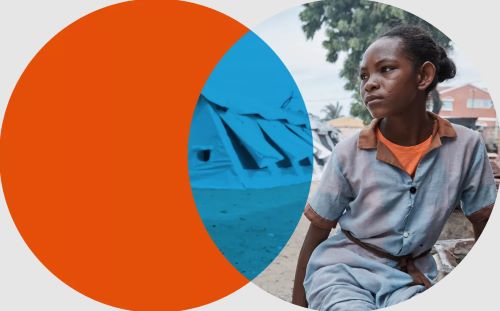
At COP28, UNICEF is calling for:
- Elevating children within the final COP28 Cover Decision and convening an expert dialogue on children and climate change.
- Embedding children and intergeneration equity in the Global Stocktake (GST).
- Including children and climate resilient essential services within the final decision on the Global Goal for Adaptation (GGA).
- Making the Loss and Damage Fund and funding arrangements child-responsive with child rights embedded in the fund’s governance and decision-making process.
Beyond COP28, UNICEF is calling on Parties to:
PROTECT the lives, health and well-being of children and the resilience of their communities by adapting essential social services to a changing climate, more frequent disasters and degrading environment.
EMPOWER every child through their life course with the developmental opportunities, education and skills to be a champion for the environment.
REDUCE emissions and fulfil ambitious international sustainability and climate change agreements.
Originally published by UNICEF to the public domain.


